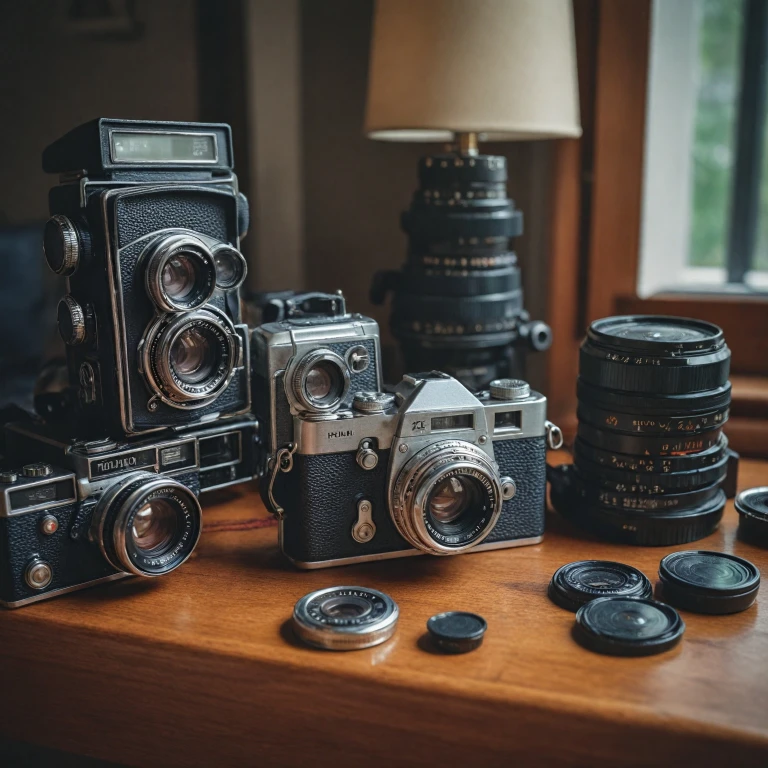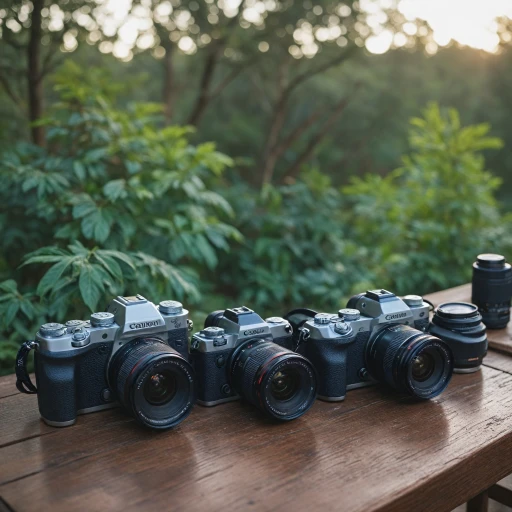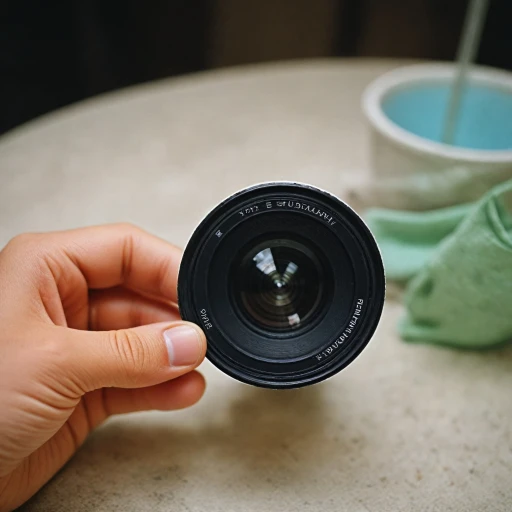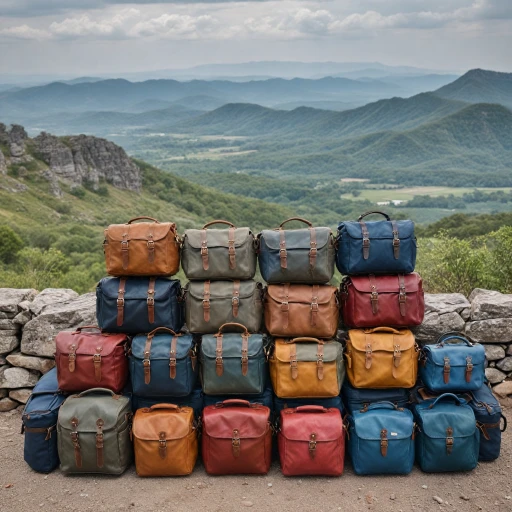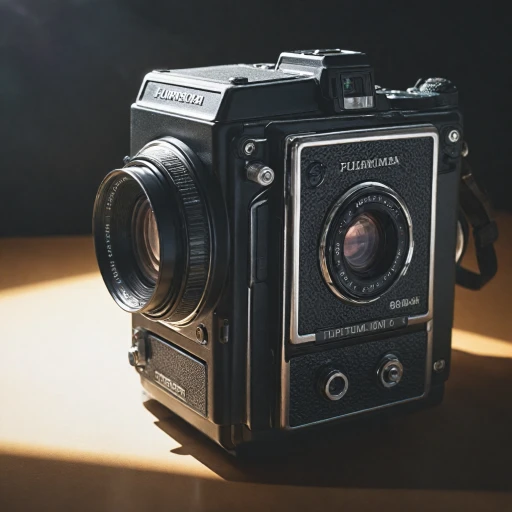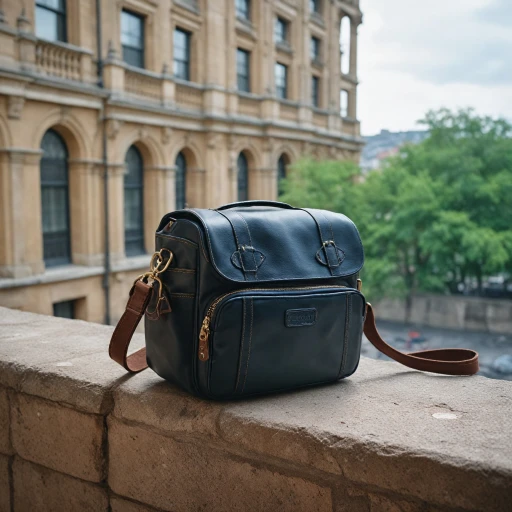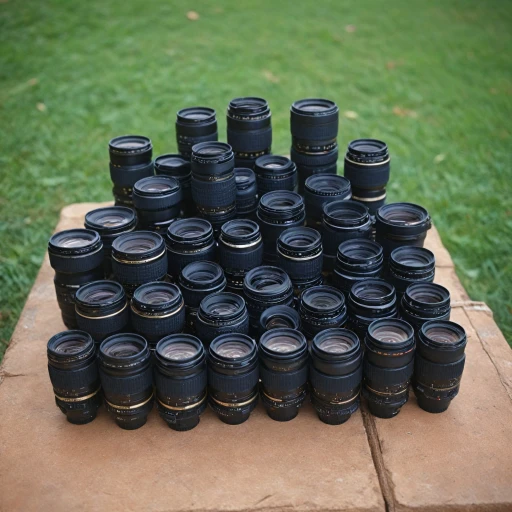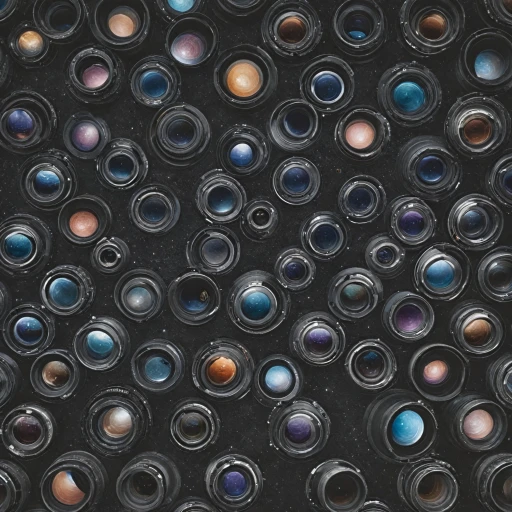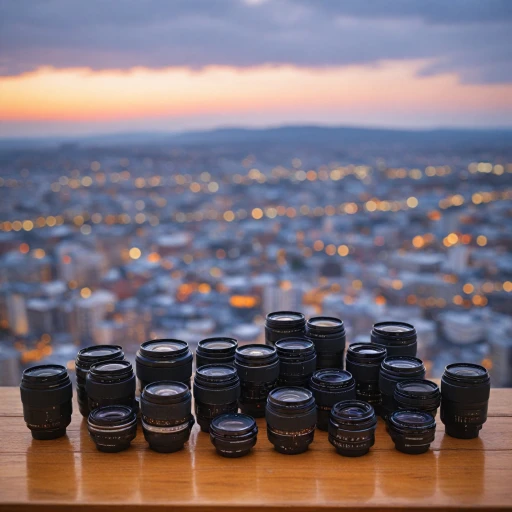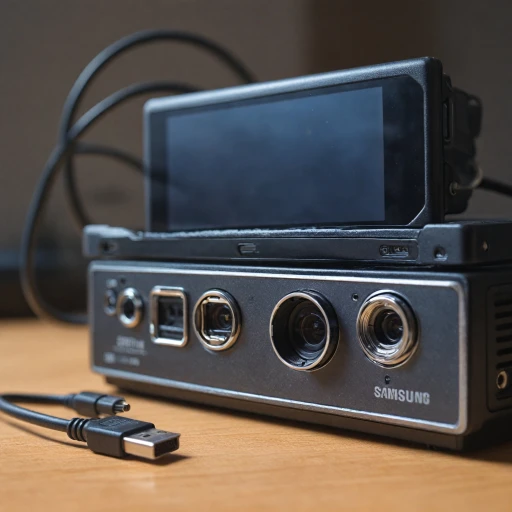
Understanding the Role of a Shoe Mount Lightmeter
Discovering the Value of Addition to Your Equipment
A shoe mount lightmeter is an accessory that can significantly enhance your photography. It integrates seamlessly with your digital camera, providing precise light measurements that aid in achieving the perfect exposure. This small device attaches to the camera's hot shoe or cold shoe, instantly expanding your camera's capabilities.
These meters are incredibly handy for photographers who prefer using manual settings. They allow you to determine the best shutter speed and aperture for a given lighting condition, ensuring your photos are well-exposed. Brands like Keks, Reveni Labs, and Doomo offer various models, each with unique features such as an OLED display or advanced spot meter capabilities.
The Role of Meter in Manual Photography
The main task of a shoe mount lightmeter is to evaluate the ambient light falling on the subject you're photographing. This step is critical to adjusting your camera settings for optimal exposure. By mounting the light meter on the accessory shoe of your camera, you ensure you're capturing an accurate reading from the exact position where the camera lens will take the shot.
Investing in a quality light meter can reduce the likelihood of incorrect exposures. It gives photographers more confidence in various lighting situations. Whether you're shooting in bright daylight or under artificial lights, a mounted light meter will guide you in making necessary adjustments.
As you explore the benefits of this accessory, consider how it pairs with other lighting equipment. Explore how using the right light stand can complement your lightmeter by ensuring consistent lighting conditions for your shots.
Benefits of Using a Shoe Mount Lightmeter
Why Consider a Shoe-Mounted Lightmeter?
A shoe-mounted lightmeter, often referred to as a hot shoe or cold shoe meter, is an invaluable tool for photographers looking to enhance their photography lighting skills. Unlike internal camera meters, these lightmeters provide a more precise reading by measuring the light directly from the scene. Using a lightmeter like the Keks or the Doomo Meter can significantly improve the accuracy of your exposure settings. This precision often leads to better image quality and eliminates guesswork out of setting up your shot. You'll find this particularly beneficial when dealing with challenging light conditions where your camera's built-in meter might struggle.Enhancing Image Quality with Metering
Incorporating a shoe-mounted meter like the Voigtlander VCII helps photographers capture more true-to-life images by adjusting the shutter speed, aperture, and ISO based on real-time light readings. This integration often results in photos that require minimal post-processing, saving both time and effort. Furthermore, these meters come in handy for projects where the details matter, like product photography or studio shoots. The ability to read spot metering or overall scene lighting accurately means you can ensure all elements in the photo are just as you're envisioning them.Practical Benefits of External Light Meters
- Precision and Control: By using external light meters, such as the Reveni or Hedeco Lime, photographers gain more precise control over lighting conditions that their camera's internal meter might overlook.
- Battery Efficiency: Many shoe-mounted lightmeters are designed for long-lasting performance without draining your camera's battery, a feature many camera models could benefit from.
- Versatility with Accessories: These meters seamlessly integrate with other accessories, like a flash, ensuring synchrony in light conditions across the board.
Choosing the Right Shoe Mount Lightmeter for Your Camera
Choosing the Ideal Companion for Your Camera
Finding the right shoe mount lightmeter to complement your digital photography experience can significantly enhance your ability to capture perfect shots. The following considerations will help you make an informed decision when exploring the available options.
- Compatibility and Type: Ensure that the lightmeter you choose is compatible with your camera's hot shoe or accessory shoe. Options like the Doomo meter or the Hedeo Lime offer versatile compatibility with various camera models, providing ease of mounting directly onto the shoe.
- Meter Type: Some photographers prefer a spot meter for more precise lighting, while others may lean towards an incident meter. It's crucial to determine what level of control and detail you seek in your photography settings.
- Build Quality and Durability: Consider the build quality of the lightmeter. Brands like Keks and Voigtlander Vcii are known for their robust build, ensuring longevity and reliable performance. Assessing durability is essential, especially if you're planning to shoot in various environments.
- Battery Life: The longevity of operation is a key factor. Models like the Reveni Labs meter are designed with efficiency in mind, providing extended battery life so you won't miss vital shots. Keep a spare battery handy to mitigate any unexpected power-downs.
- Price and Features: Balance your budget with the features you need. While premium options often come with advanced OLED meters and additional functionalities, basic models offer essential features at a more budget-friendly price. It's about finding the right mix that caters to your photography style without overspending.
- Size and Portability: If you're a photographer who prefers traveling light, you might want a small, compact meter. The Jul and Astrhori models are noted for their lightweight design, making them ideal for photographers on the move.
Finally, reading reviews and engaging with photography communities can provide valuable insights from those who've tested various options in real-world scenarios. By aligning your choice with your needs and preferences, you'll maximize the potential of your shoe mount lightmeter and elevate your photography game significantly. For further insights about lens selection, explore this link.
Integrating a Shoe Mount Lightmeter with Your Digital Camera
Effective Integration with Digital Cameras
Integrating a shoe mount lightmeter with your digital camera can significantly enhance your photography skills by providing precise light readings. Here are some essential pointers to merge these devices effectively:- Compatibility Check: Ensure that the shoe mount lightmeter is compatible with your camera’s accessory shoe. Many light meters, like the Reveni or Keks, can fit standard hot shoes found on most digital cameras. However, certain models, like the Voigtlander VCII, may require specific mounts.
- Proper Mounting: Once compatibility is confirmed, mount the lightmeter onto the camera's hot shoe. It should feel secure without wobble. If you notice movement, reassess its attachment or explore alternative mounting methods such as using an additional cold shoe adapter.
- Configuration and Settings: Adjust the settings on the lightmeter to synchronize with your camera’s exposure settings. This includes aligning the ISO, shutter speed, and aperture to the meter’s readings. Devices like the Doomo Meter or Astrhori light meters feature user-friendly interfaces for hassle-free adjustments.
- Battery Management: Keep track of the lightmeter’s battery life. Regular checks and timely replacements will prevent interruptions during shoots, especially with models like the Hedeo Lime or OLED meters, which may consume more power due to their advanced features.
- Testing and Calibration: Perform test shots to ensure the lightmeter’s readings match your camera’s output. This involves tweaking the exposure settings based on the light conditions and confirming results with the meter’s display. Shoe-mounted meters, renowned for their build quality and precision, require minimal recalibration.
Troubleshooting Common Issues with Shoe Mount Lightmeters
Troubleshooting Operational Issues
While shoe mount lightmeters like the Reveni, Hedeo Lime, and Doomo Meter prove invaluable in enhancing your photography, they might occasionally present some operational hiccups. Here’s how you can resolve common concerns:
- Battery Life: One frequent issue is the meter’s battery dying faster than expected. Ensure you are using high-quality batteries. Some meters might have a bit of a power drain in colder environments, so monitoring conditions is crucial.
- Calibration Concerns: If your readings appear inaccurate, recalibration might be necessary, particularly after traveling or abrupt temperature changes. Many meters, including the Voigtlander VCII and similar models, offer easy recalibration instructions in their manuals.
- Meter Mount Misalignment: Sometimes the meter's reading can be compromised by misalignment in the accessory shoe mount. It’s essential to secure the mount properly and periodically check the alignment; any bit of misplacement may affect the accuracy.
- OLED Display Issues: If your light meter’s OLED display is not functioning correctly, it may be due to either small battery issues or display damage. This is common with smaller, compact meters like the Reveni Labs model.
Dealing with External Factors Affecting Light Readings
External conditions such as extreme lighting or shadow interference can skew the accuracy of your readings. Avoid pointing your meter directly at harsh light sources, as this might cause an overestimate of light availability. A spot meter can be helpful in this context for localized readings, providing more accurate meter settings.
Securing and Stabilizing Alignments
If you are experiencing frequent dislodging, consider adding a cold shoe or hot shoe adapter for better stability. The added accessory shoe helps provide a secure and steady placement for your light meter, ensuring consistent performance.
